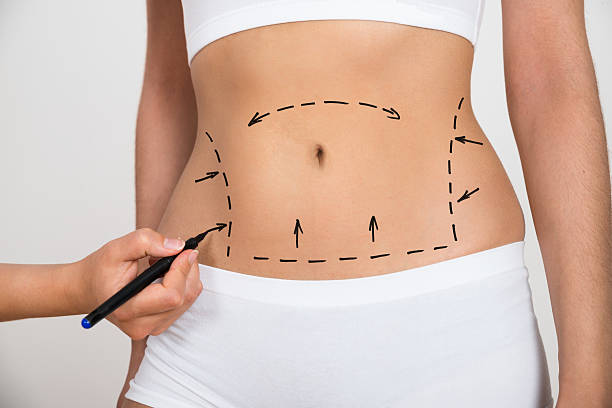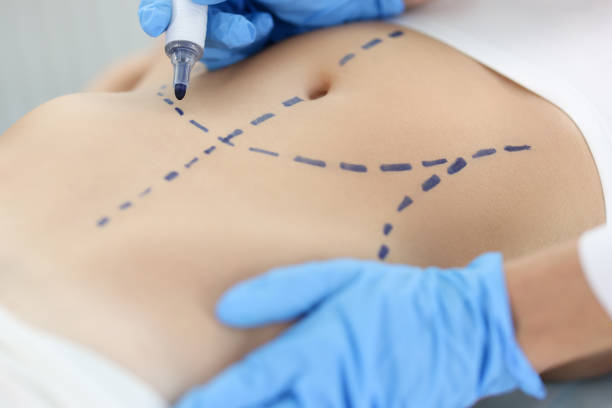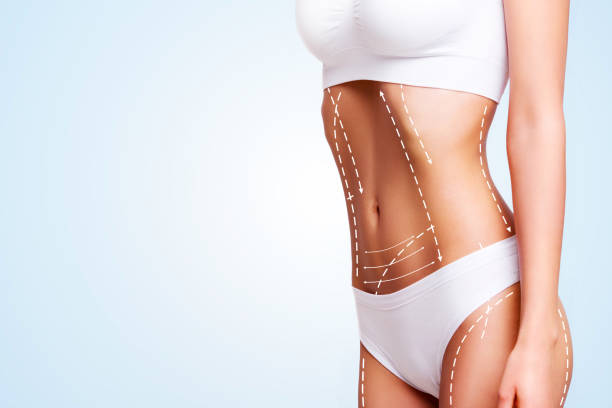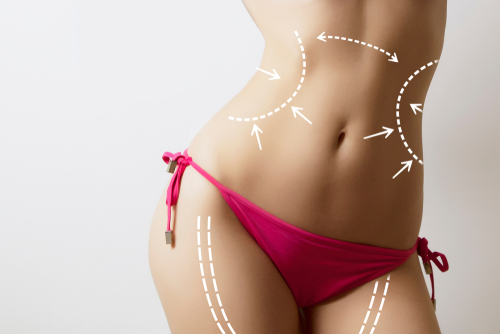Non-invasive liposuction is a group of body-contouring procedures that aim to reduce unwanted body fat without the need for incisions, anesthesia, or surgery. These treatments target fat cells and destroy them using various techniques such as cooling, heating, or ultrasound, without damaging the surrounding tissues. The body then naturally eliminates the destroyed fat cells over time.
Table of Contents
How it Works
Non-invasive liposuction treatments work by delivering energy to the targeted fat cells, which causes them to break down and be absorbed by the body. The treatments are designed to be safe and comfortable, with minimal discomfort and side effects.

Some of the key benefits of non-invasive liposuction include:
- No surgery or anesthesia required
- Minimal downtime and recovery time
- Reduced risk of complications compared to traditional liposuction
- Ability to target specific areas of the body
- Non-permanent, allowing for adjustments in the future
- Less pain and discomfort during the procedure
Types of Non-Invasive Liposuction Treatments
There are several non-invasive liposuction treatments available, each using a different technique to target and destroy fat cells. Some of the most popular methods include:
Cryolipolysis
Cryolipolysis, also known as “fat freezing,” uses controlled cooling to target and freeze fat cells, which are then naturally eliminated by the body. This treatment is best for removing small pockets of stubborn fat and is most commonly used on the abdomen, thighs, and love handles.
Laser Lipolysis
Laser lipolysis uses laser energy to heat and break down fat cells, which are then absorbed and eliminated by the body. This treatment is ideal for targeting small areas of fat and can be used on various parts of the body, including the chin, arms, and back.

Radiofrequency Lipolysis
Radiofrequency lipolysis uses radiofrequency energy to heat and destroy fat cells. This method is particularly effective for treating larger areas of fat and can also help tighten the skin.
High-Intensity Focused Ultrasound (HIFU)
HIFU uses ultrasound energy to target and break down fat cells, which are then eliminated by the body. This treatment is suitable for larger areas of stubborn fat and can help tighten the skin as well.
Who is an Ideal Candidate for Non-Invasive Liposuction?
An ideal candidate for non-invasive liposuction is someone who:
- Is close to their ideal body weight but has stubborn pockets of fat that don’t respond to diet and exercise
- Has realistic expectations about the results and understands that non-invasive liposuction is not a weight-loss solution
- Is in good overall health and has no medical conditions that would increase the risk of complications
- Is willing to commit to a healthy lifestyle to maintain the results

What to Expect During the Treatment Process
During a non-invasive liposuction treatment, you can expect the following steps:
- Consultation with a qualified professional to discuss your goals and determine the best treatment option for you
- The treatment may last anywhere from 30 minutes to an hour, depending on the area and technique used
- After the treatment, you may experience some redness, swelling, or bruising, which should subside within a few days
Post-Treatment Care and Recovery
Non-invasive liposuction treatments typically require minimal downtime, allowing you to resume your daily activities quickly. To ensure the best results, it’s essential to follow your practitioner’s post-treatment care instructions. This may include:
- Wearing a compression garment for a specified period
- Drinking plenty of water to help flush out the destroyed fat cells
- Avoiding excessive sun exposure and using sunscreen
- Maintaining a healthy diet and exercise routine to prevent new fat deposits
How Much Does Non-Invasive Liposuction Cost?
The cost of non-invasive liposuction varies depending on the treatment type, the area being treated, and the number of sessions required. On average, you can expect to pay between $1,000 and $4,000 per treatment area.
Comparing Non-Invasive Liposuction with Traditional Liposuction
It’s essential to understand the differences between non-invasive liposuction and traditional liposuction to make an informed decision about which method is best for you.
Advantages of Non-Invasive Liposuction over Traditional Liposuction
- No surgery or anesthesia required, reducing the risk of complications
- Minimal downtime and recovery, allowing you to return to your daily activities quickly
- Less pain and discomfort during the procedure
- Can be used to treat a variety of areas, including small, hard-to-reach spots
- Non-permanent, allowing for adjustments in the future
Disadvantages of Non-Invasive Liposuction Compared to Traditional Liposuction
- Results may not be as dramatic or immediate as traditional liposuction
- Multiple treatments may be required to achieve desired results
- Not suitable for individuals with large amounts of excess fat
- May not be as effective in treating loose or sagging skin
Conclusion
Non-invasive liposuction offers a safer, less painful, and more convenient alternative to traditional liposuction for individuals looking to eliminate stubborn fat deposits. With various treatment options available, it’s essential to consult with a qualified professional to determine the best method for your specific needs and goals. By understanding the differences between non-invasive and traditional liposuction, you can make an informed decision and achieve the body contouring results you desire.
How long does it take to see results from non-invasive liposuction?
How many treatments will I need to achieve my desired results?
Are the results of non-invasive liposuction permanent?
Is non-invasive liposuction safe?
Can non-invasive liposuction help with cellulite?
You May Also Like:What is Liposuction?



